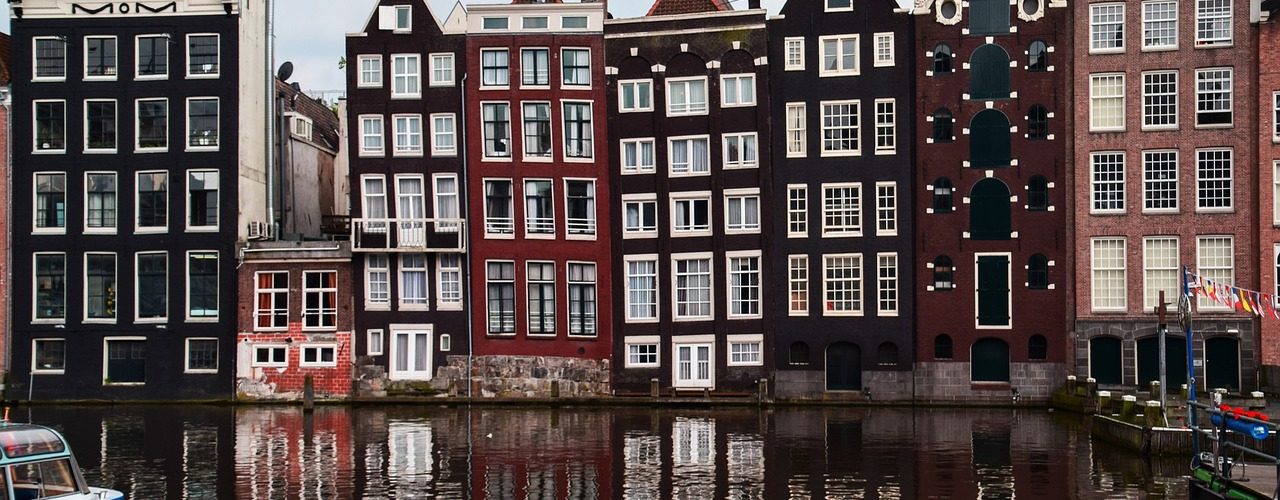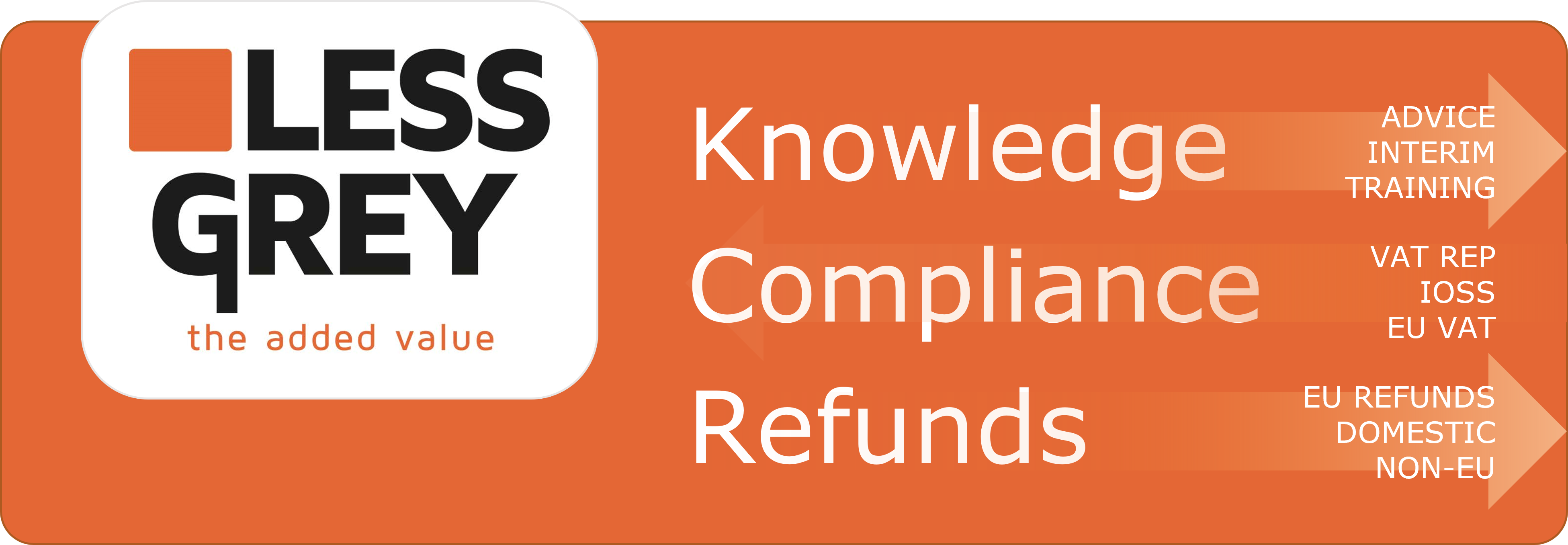The Dutch foundation Stichting Schoonzicht has built an apartment complex on its land, consisting of 7 residential apartments. The construction started in 2013. The complex was completed in July 2014. In its VAT returns, Stichting Schoonzicht fully recovered the VAT incurred in the financial year 2013 for the construction, as – at the time – Stichting Schoonzicht intended to use the complex for taxable purposes.
When the building of the apartments was completed, Stichting Schoonzicht rented 4 out of 7 apartments in a VAT exempt manner as of 1 August 2014. The 3 remaining apartments were not taken into use yet in 2014 (in the below, we will leave these apartments out of the description).
Because of the application of the VAT exemption, Stichting Schoonzicht was obliged to adjust the entire amount of VAT recovered regarding these 4 apartments. The VAT point was the period in which the apartments were first used (Q3 2014/August 2014).
According to Dutch regulations, there are also adjustment moments at the end of the year of first use and the 9 following years (in case the good concerned qualifies as immoveable property). I will refer to this type of adjustment as ’10-year adjustment’. These adjustment moments would lead to additional VAT due or refundable, in case of variations in the use (VAT taxable / VAT exempt) compared with the first adjustment period. Hence, the VAT recovery for real estate is ‘tracked’ for (almost) 10 years in the Netherlands. This is based on Article 187 of the EU VAT Directive, that allows EU Member states to ‘follow’ the use of goods after their first use, and to require an adjustment if applicable.
Stichting Schoonzicht paid back the entire amount of VAT deducted in 2014. However, it had the background of the adjustment regulations reviewed and took the view that Article 187 of the VAT Directive prevented the Dutch adjustment obligation at the moment of first use. Article 187 does not contain any rules for differences between the recoved VAT at the moment the invoices are received, and the later moment of first use. It only contains rules for the adjustment after first use. Stichting Schoonzicht took the view that its case should only be affected by the 10-year adjustment (see above), so that the initially recovered VAT would only have to be paid back annually in portions of 10%. Therefore, Stichting Schoonzicht filed an appeal against its own VAT return, in which the adjusted VAT at first use was included. After this appeal was rejected, the case was brought before court and in the end, the Dutch Supreme Court has asked preliminary questions to the ECJ.
The ECJ has now stated that the Dutch regulations, based on which, in the course of the year in which the good is first put into use, the total amount of the originally adjusted VAT is revised if the original recovery deviates from the recovery that the taxpayer is entitled to apply to based on the actual use of that good, are not in violation with EU law. The adjustment at the moment of first use can indeed not be based on Article 187 of the VAT Directive, because this only aims at variations after the first use. However, it can be based on the general provisions of Articles 184 and 185 of the VAT Directive, in which the EU Member States are required to implement more detailed rules on the adjustment obligations. The Dutch regulation is consistent with the principal of fiscal neutrality and does not preclude adjustments in case of variations within the 10-year period.
For Stichting Schoonzicht, unfortunately this case ended in an anticlimax. Stichting Schoonzicht had hoped that Articles 184 and 185 would not be applicable to immoveable property, but this now appears to be the case after all. The ECJ takes the objectives of the adjustment regulations as a starting point. Though in itself not surprisingly, the conclusion could also have been different. In any case, the Dutch VAT practise can continue ‘enjoying’ the adjustment possibility at first use.
Source: curia.europa.eu
Author: Joyce Westerveld, VAT Advisor at RED















